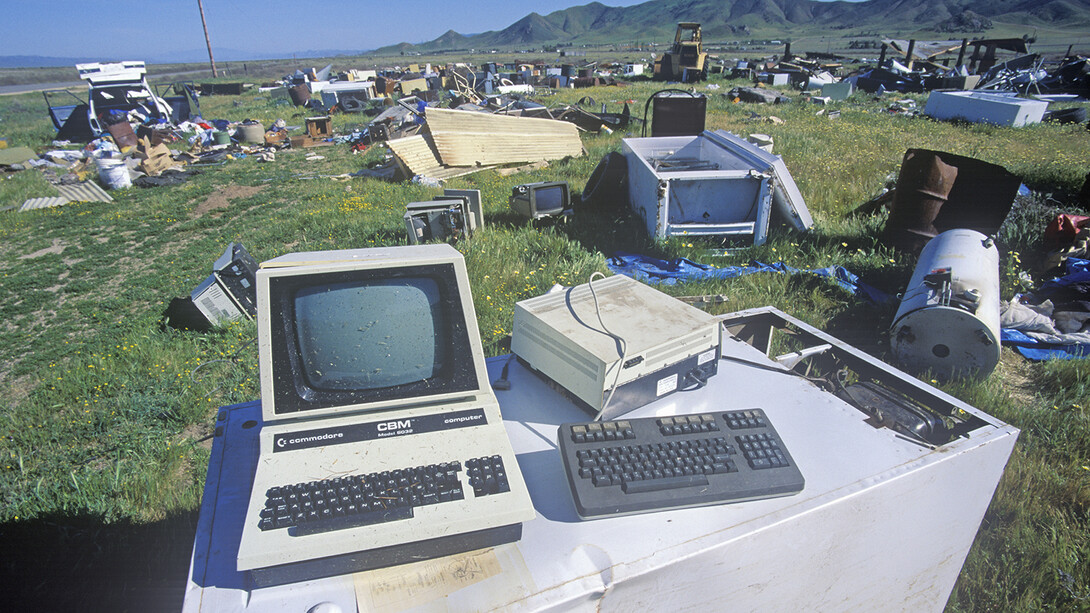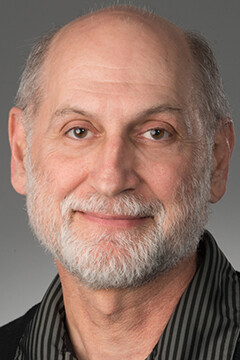
Storing photos, manuscripts, music and other intellectual property in the cloud can be risky, Paul Royster, coordinator of scholarly communications at the University of Nebraska-Lincoln, writes in an article published May 15 by The Conversation.
Royster’s article responds to news that the MySpace social media platform had lost 50 million files uploaded between 2003 and 2015.

“The internet is neither secure nor permanent,” he writes. “It never promised to be, and users should not assume it will become so. Parts are rotting and corroding and collapsing as I type this. Just hope and plan to not be resting on that platform when it falls.”
Royster has spent 15 years in library digital publishing and archives management at the University of Nebraska–Lincoln. He previously spent more than 20 years in scholarly publishing with The Library of America, Barron’s, Yale University and the University of Nebraska Press. He is the start-up manager of Digital Commons, the institutional repository for faculty research and publications.
In his article, Royster describes the history of MySpace and how it may have contributed to the loss of its users’ content. He also discusses other issues and efforts related to preserving content or intellectual property on the web.
“Universities, governments and scientific societies are struggling to preserve scientific data in a hodgepodge of archives,” he wrote. “Preservation is hard and expensive in time, money and equipment… Storage is only a small percentage of the costs of preservation. Acquisition, networking, maintenance and administration all require substantial and costly human labor.”
The Conversation is a global, independent source of analysis, commentary and research from academics, written for the public. It reports receiving an impressive 6 million to 7 million reads each month. Its articles often are carried by other news organizations, including the Associated Press.
Royster’s article was one of nine posted on The Conversation on May 15. Within 24 hours, it had been read more than 6,500 times around the world and had been carried by 31 publishers, including the Associated Press.
Royster said he worked with two editors on his piece, which went through two rounds of editing before publication. He described the editors as pleasant, professional and to the point.
“They improved the piece substantially and were looking for fact-based information, not just commentary and pontification,” he said. “I probably spent 15 to 20 hours on the research, writing and re-writing.”
University of Nebraska-Lincoln faculty interested in pitching an article to The Conversation can visit this page. Those who would like to be informed about The Conversation’s requests for experts, should contact Leslie Reed, director of public affairs, at 402-472-2059 or lreed5@unl.edu.







